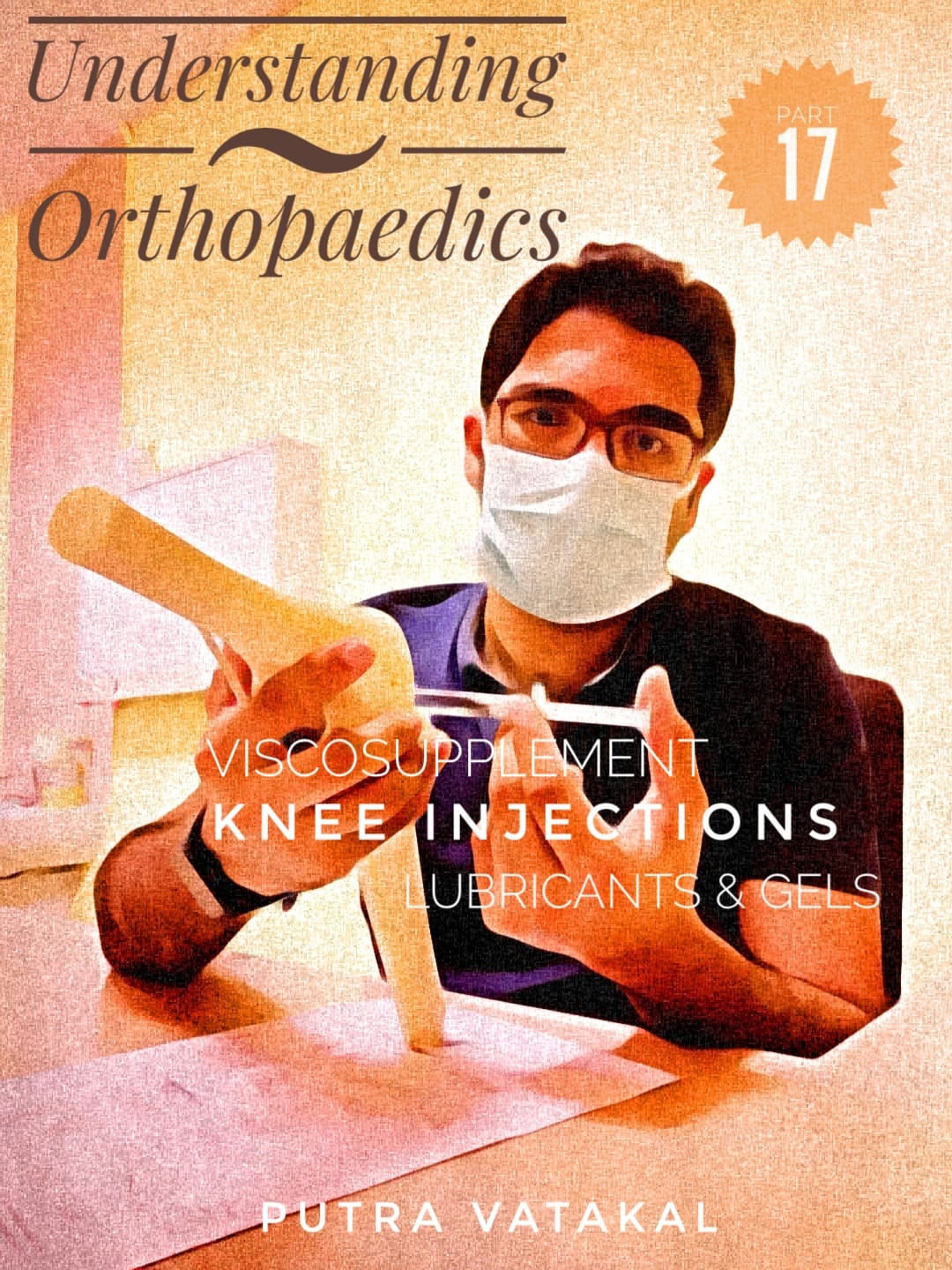
Viscosupplementation is… a very long word you really don’t need to remember.
It involves injecting a viscous (thick, gel-like) fluid into your joint to help it move efficiently with less pain.
Which sounds simple enough – and many assume it’s a quick way to solve their knee problems – which is only partly true.
True, most people getting an injection for knee osteoarthritis get a viscosupplement injection (most commonly something called Hyaluronic Acid – another uneccessarily long word).
Hyaluronic acid (HA) is a sticky substance naturally found in joint and cartilage tissue (in skin too), which makes it ideal to replenish low levels of synovial fluid inside an arthritic joint. The fluid’s viscous (thick) nature keeps it from leaking out of the joint – which helps the treatment to last longer.
Being poked with a needle is painful stuff, so HA is sometimes mixed with a small amount of local anesthetic (to numb the pain), which makes the whole process much more comfortable.
While getting some extra lubricant inside your painful knee can give you a lot of relief, it is not a permanent solution to knee osteoarthritis. We saw in a previous post that damage within the joint (cartilage, meniscus damage, etc.) still remains.
How long your knee pain is relieved depends on how bad your arthritis is, and how much you exert your knee.
Different people have different lifestyles. If you climb mountains, play football or rugby every week (after your HA injection) , the treatment effect will probably quickly wear off. Also, just like changing the oil in a broken car engine will probably not help you drive very far, someone who already has very advanced knee arthritis may not improve much after the injection- which is why your surgeon will want to see a recent x-ray of your knee before suggesting a HA injection.
Hyaluronic Acid is not just injected into the knee joint, but also into many other joints and around tendons. Interestingly, some cosmetic clinics inject HA into the skin of the face to reduce facial wrinkles, make your skin shine, etc etc.
Some people (for religious reasons perhaps) wonder about the origin of the Hyaluronic Acid injections – most are produced from an unusual source – chicken combs, while others are extracted from certain kinds of bacteria.
Like everything else in a free market, there are various brands of HA to choose from (e.g. Fermathron, Durolane, Hyruan, Monovisc) – made by different companies in different concentrations. Some require a single injection, others may be given as two or three injections over a few weeks or months. There’s no need to worry too much about this, as your surgeon will choose one that suits your knee best.
So, should YOU get a knee HA injection?
In mild to moderate knee osteoarthritis, this depends on how much knee pain you have, and how it affects your daily activities. More importantly, a knee injection is (not a magical procedure, but) simply one step in a treatment programme that involves strengthening your knees through exercise. Feel free to explore previous posts to learn more about taking care of your knees and other joints.
Originally written on 25 July 2020 in Quill Orthopaedic Specialist Centre, TTDI, Kuala Lumpur.
NOTE: While osteoarthritis is the most common cause of knee pain in older adults, rarer (and more devastating) causes include infection. If you have a swollen, warm knee, and fever – or if you suspect something is amiss, do consult your friendly orthopaedic surgeon or doctor as soon as possible.